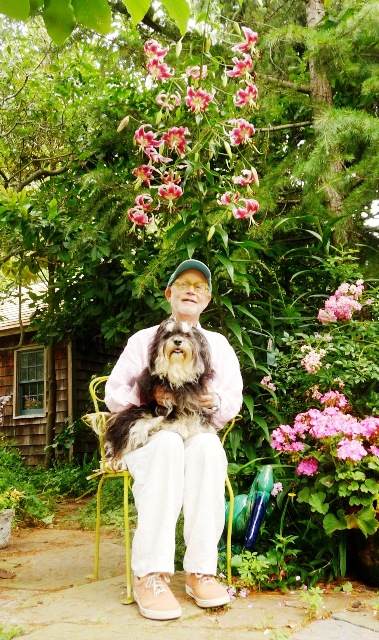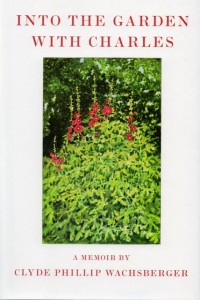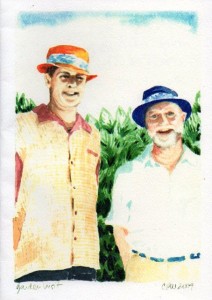Podcast: Play in new window | Download
Subscribe: Apple Podcasts | Podcast Index | RSS | More
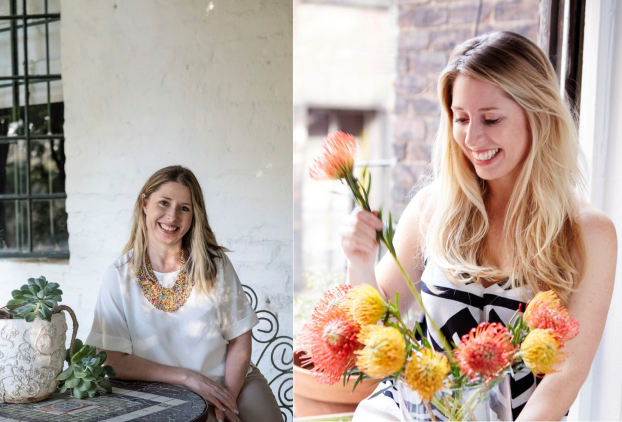
This wasn’t entirely planned but it turns out, we have two New York-based guests this week.
Our first featured guest comes by way of South Africa, Harlem and lower Hudson Valley, Sylvia Lukach of Cape Lily.
Our second guest is Charles Sherman of North Fork Flower Farm in Orient, New York, who appears as part of the 2019 – Fifty States of Slow Flowers series. Listen for my great conversation with Charles in the second portion of this episode.
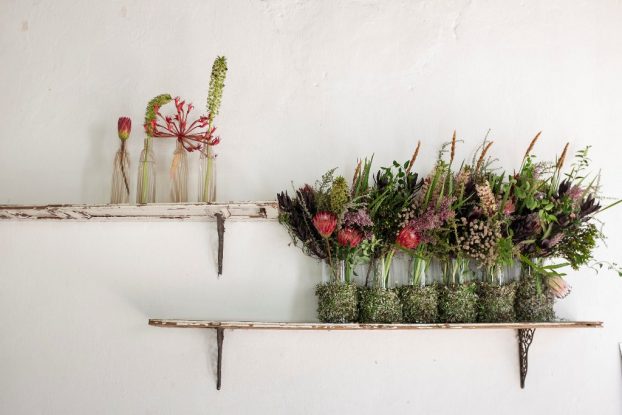
Sylvia and I first connected when I hosted a Slow Flowers Upstate New York Meet-up in Hudson, New York about three years ago. She traveled about two hours north of her home and studio in New York City’s Harlem neighborhood to join the gathering of Hudson Valley flower farmers, farmer-florists and other designers like herself — a group that loosely called themselves the Hudson Valley Flower Growers Network. We discussed some of the emerging issues facing Manhattan and Brooklyn-based wedding and event florists like Sylvia and the growers whose flowers they so eagerly source. Issues like transportation, special ordering, access to markets and more.
It’s a theme that continues today and you may have listened to my conversation just a few weeks ago with Molly Culver of Molly Oliver Flowers in Brooklyn — we addressed the same issues and Molly’s sourcing goals, successes and challenges.
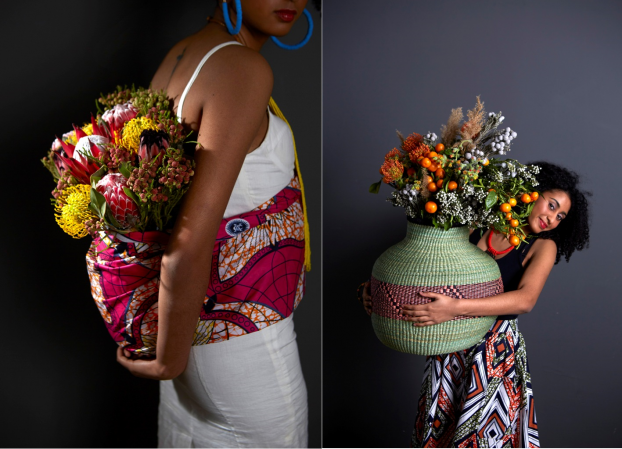
Sylvia and I continued a friendship when Cape Lily joined Slow Flowers and after we reunited just months later at the first Whidbey Flower Workshop in 2017, hosted by Tobey Nelson. There, during our introductions and the creative writing exercises I led, it emerged that Sylvia dreamed of blending her South African heritage, her love of South African floral, and her love of travel into an unique brand for her business Cape Lily.
Since then, Sylvia has developed a studio-based floral enterprise serving New York City, Westchester County, where she now lives, and the Hudson Valley wedding and event marketplace. And she led her first botanical journey for Cape Lily — a floral-themed tour with Susan Mcleary to South Africa last fall.
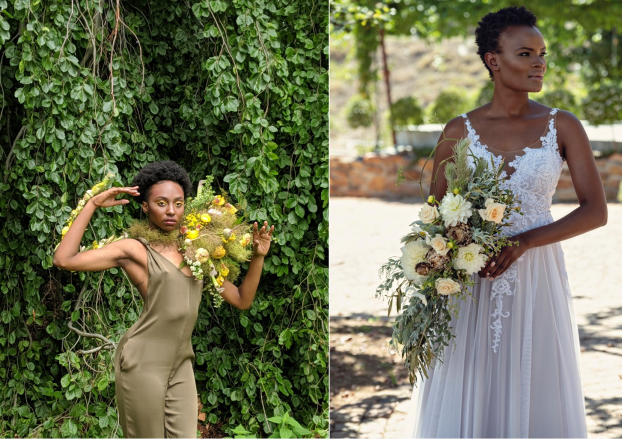
I wanted to invite Sylvia onto the Slow Flowers Podcast to share her story and to discuss how she has indeed zeroed in on the unique brand attributes of Cape Lily. If you’re at a similar place in your own floral enterprise — seeking a way to highlight your singular story and distinct place in the marketplace — I know that Sylvia’s narrative will be inspiring.
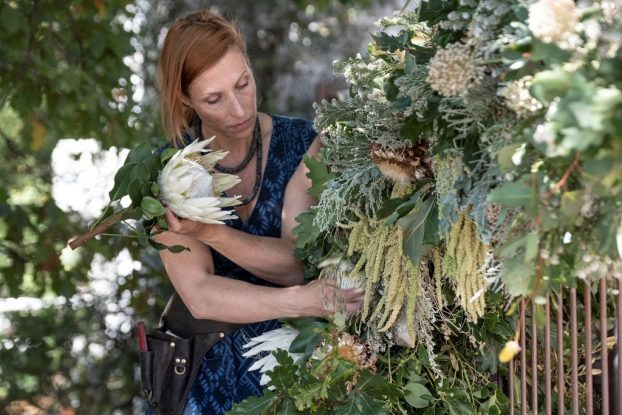
Sylvia wrote a beautiful essay for our Slow Flowers Journal online magazine called “An African Slow Flowers Story,” which we published in December 2017. Its opening lines begin as follows:
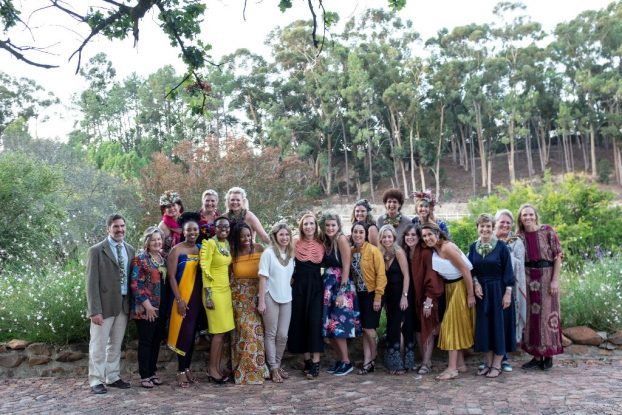
I grew up in a small coastal town in South Africa, Plettenberg Bay, in an area called the Garden Route, where fynbos, a distinct aromatic indigenous shrubland, flows down the mountains and hovers on the sand dunes along the ocean. I would run up the hill in my Wellies (for protection from snakes) to harvest some of the pride of the Cape Floral Kingdom like Sugarbush Proteas, Leucadendrons and Ericas, which my mother, our town’s first florist, would use to supplement her designs.
Fast-forward to present day and I find myself a long way from home here in the urban hustle of Harlem, New York, but with that same urge to harvest seasonal, local flowers.
Thanks to the growing network of local cut flower farmers and support from the Slow Flowers community, this is still possible. My go-to supplier is Rock Steady Farm, a women-owned cooperative farm using holistic and sustainable farming practices, located outside Millerton, New York. I love the creative possibility yet natural constraints that exist when designing with buckets-full of flowers harvested just up the Hudson Valley that same morning.
As I embraced the Slow Flowers philosophy in the U.S., I was curious to learn if something similar existed in my home country, given its long floral history and current status as one of the largest Protea exporters in the world.
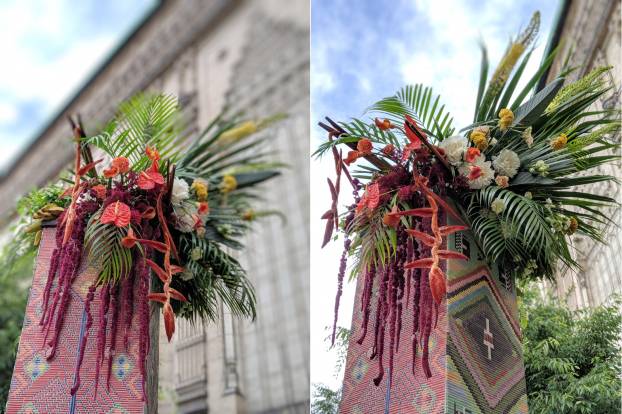
Find and follow Cape Lily and its creative director Sylvia Lukach at these social places:
Cape Lily on Facebook
Cape Lily on Instagram
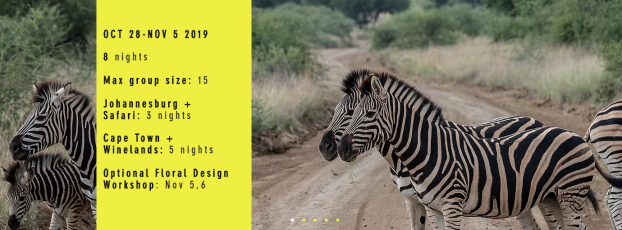
Thank you so much for joining me today! As Sylvia mentions, the next Botanical Journey to South Africa is scheduled for this coming October, so check out the itinerary and learn how you can be part of the trip.

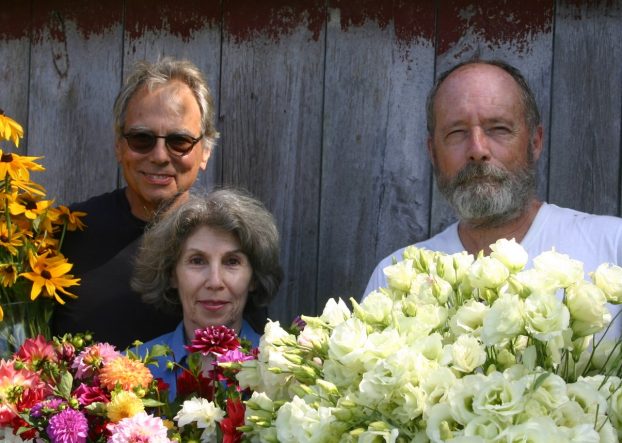
We’ve been to the suburbs of New York City where Sylvia is based. Now, let’s travel to the farthest point of Long Island’s North Fork, to the town of Orient, where we’ll continue the #fiftystatesofslowflowers series and meet Charles Sherman of North Fork Flower Farm.
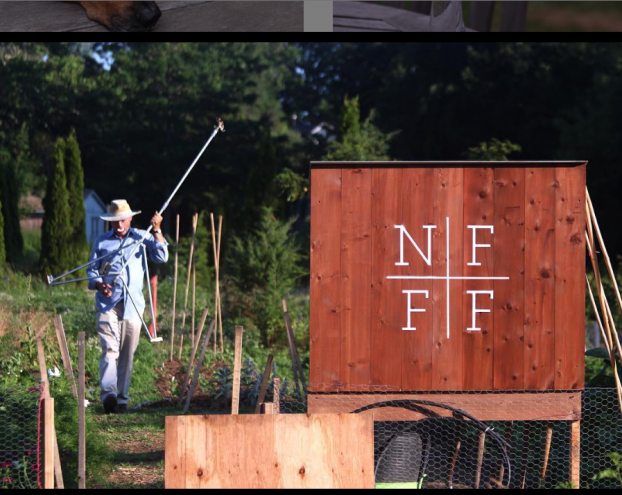
Charles Sherman is one quarter of North Fork Flower Farm, the two-acre farm he started four years ago with his life partner, Karen Braziller, along with Kevin Perry and Drianne Benner.
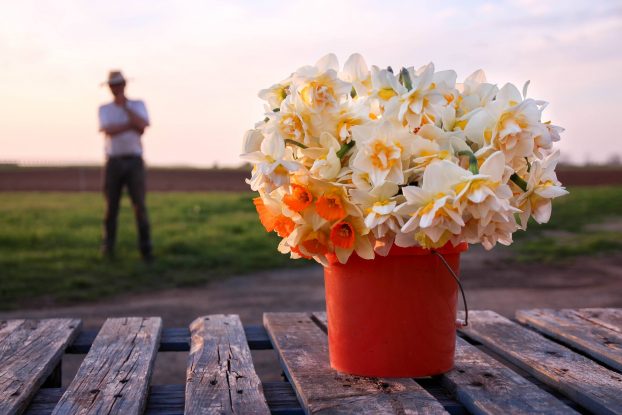
As you will hear in our conversation, Charles and I have a dear mutual friend in fellow Orient resident Charles Dean, who I’ve known for more than 15 years through the Garden Writers Association (now GardenComm) and who has produced a number of books with editor Karen Braziller, Charles Sherman’s partner. So this is a fond conversation and it makes me yearn to return to Orient, NY, since I haven’t visited there since 2011.
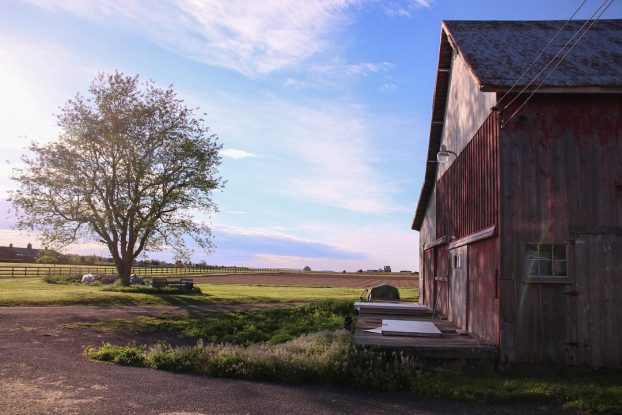
Find and follow North Fork Flower Farm at these social places:
North Fork Flower Farm on Facebook
North Fork Flower Farm on Instagram
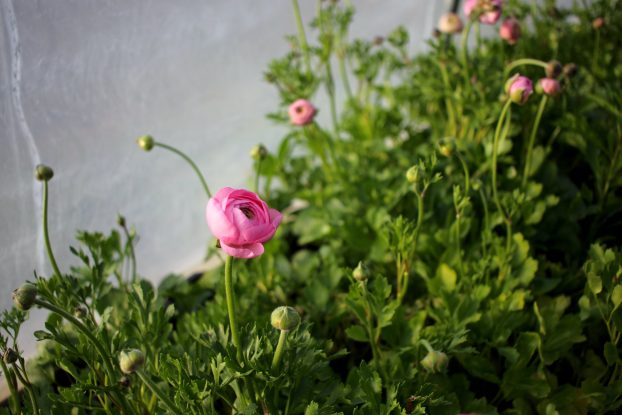
Thank you so much for joining me today as we visited two distinctly beautiful floral destinations in New York. Download the PDF of “Botanical Influences,” my March 2018 Florists’ Review interview with Sylvia Lukach.
Follow this link to a recent article written by Jim Merritt of Newsday, the daily newspaper on Long Island, which features Slow Flowers members North Fork Flower Farm and florists Jaclyn and Marc Rutigliano of the Hometown Flower Co. It’s exciting to see the local press feature Long Island’s local flower renaissance against the backdrop of the Slow Flowers movement!
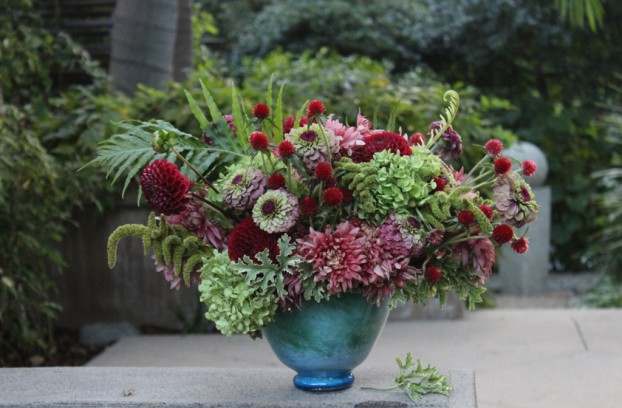
As our movement gains more supporters and more passionate participants who believe in the importance of the American cut flower industry, the momentum is contagious.
I know you feel it, too. I value your support and invite you to show your thanks and with a donation to support my ongoing advocacy, education and outreach activities.
You can find the donate button in the column to the right.
THANK YOU TO OUR SPONSORS
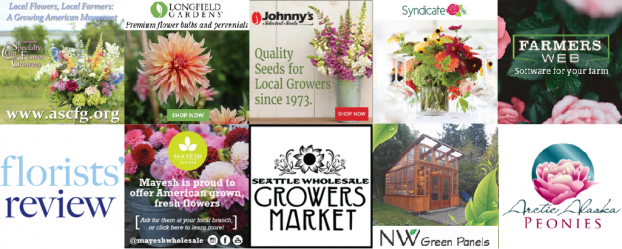
Florists’ Review magazine. I’m delighted to serve as Contributing Editor for Slow Flowers Journal, found in the pages of Florists’ Review. It’s the leading trade magazine in the floral industry and the only independent periodical for the retail, wholesale and supplier market. Take advantage of the special subscription offer for members of the Slow Flowers Community.
Longfield Gardens, which provides home gardeners with high quality flower bulbs and perennials. Their online store offers plants for every region and every season, from tulips and daffodils to dahlias, caladiums and amaryllis. Yes, the dahlias are exploding in the #slowflowerscuttinggarden, but now it’s time to start our spring bulb order! Check out the full catalog at Longfield Gardens at longfield-gardens.com
Association of Specialty Cut Flower Growers. Formed in 1988, ASCFG was created to educate, unite, and support commercial cut flower growers. It mission is to help growers produce high-quality floral material, and to foster and promote the local availability of that product. Learn more at ascfg.org.
Johnny’s Selected Seeds, an employee-owned company that provides our industry the best flower, herb and vegetable seeds — supplied to farms large and small and even backyard cutting gardens like mine. Find the full catalog of flower seeds and bulbs at johnnysseeds.com and check out my past articles featuring the wisdom and voices of flower farmers.
The Slow Flowers Podcast has been downloaded more than 507,000 times by listeners like you. Thank you for listening, commenting and sharing – it means so much.
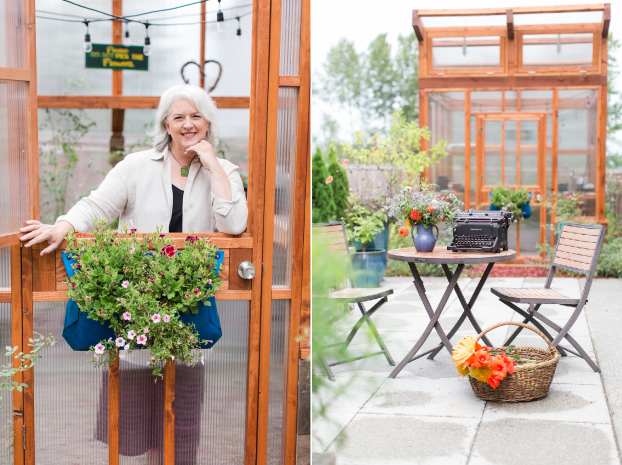
I’m Debra Prinzing, host and producer of the Slow Flowers Podcast. Next week, you’re invited to join me in putting more American grown flowers on the table, one vase at a time. And If you like what you hear, please consider logging onto iTunes and posting a listener review.
The content and opinions expressed here are either mine alone or those of my guests alone, independent of any podcast sponsor or other person, company or organization.
The Slow Flowers Podcast is engineered and edited by Andrew Brenlan. Learn more about his work at soundbodymovement.com.
Music Credits:
Red City Theme; Betty Dear; Gaena
by Blue Dot Sessions
http://www.sessions.bluehttps://creativecommons.org/licenses/by-nc/4.0/
Lovely by Tryad
http://tryad.bandcamp.com/album/instrumentals
http://creativecommons.org/licenses/by-sa/3.0/
In The Field
audionautix.com









